Climate change is a disaster for wildlife worldwide, according to the most recent IPCC report. At least 10,967 species are facing increased extinction risk because of climate change, and half of all species already seem to be on the move as their habitats transform, according to a 2017 study published in the journal Science.
However, not all species are equally negatively affected by climate change. In fact, some animals are taking advantage of the shifting conditions and expanding their ranges or growing their populations. Click through to meet some of the critters you can look forward to seeing a whole lot more of as the world warms. Spoiler alert: at least two of them want to suck your blood.
Armadillos
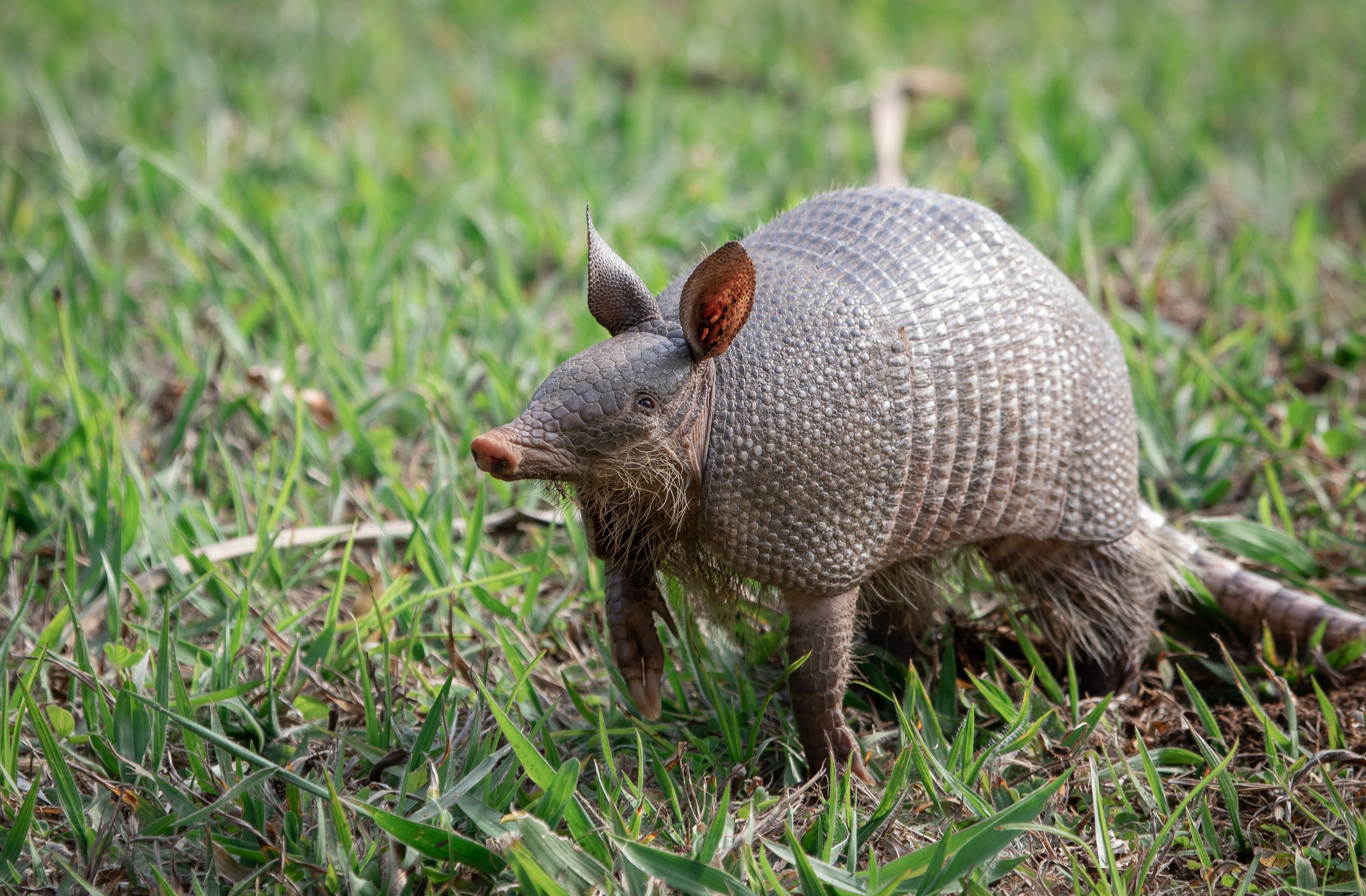
Nine-banded armadillos are on a northward march. Before 1850, the scaly (and, tbh, adorable) mammal’s historic range was limited to Mexico, Central America, and parts of South America. However, in the 1850’s these little guys crossed the Rio Grande river into the U.S., probably aided by the human construction of bridges and roads.
From there, climate change has helped them continue north and east at a rate of about 4.3 miles (7 kilometers) per year. In 1994, scientists estimated their range covered parts of nine southeastern U.S. states. But as of 2021, the little roly-poly bois are in at least 15 (disclaimer: they cannot actually fully roll into balls, like some other armadillo species).
As temperatures warm, they’re projected to move even farther north, possibly even reaching New York and other major East Coast cities. As cute as (I personally think) they are, not everyone is thrilled with their expansion. Armadillos are generalists when it come to food. They’ll eat just about anything, including the eggs of endangered species like northern bobwhite quails or sensitive and declining salamanders. They’re also vectors for all sorts of different diseases (e.g., leprosy), and biologists worry about the effect those diseases could have on other wildlife.
Mosquitos
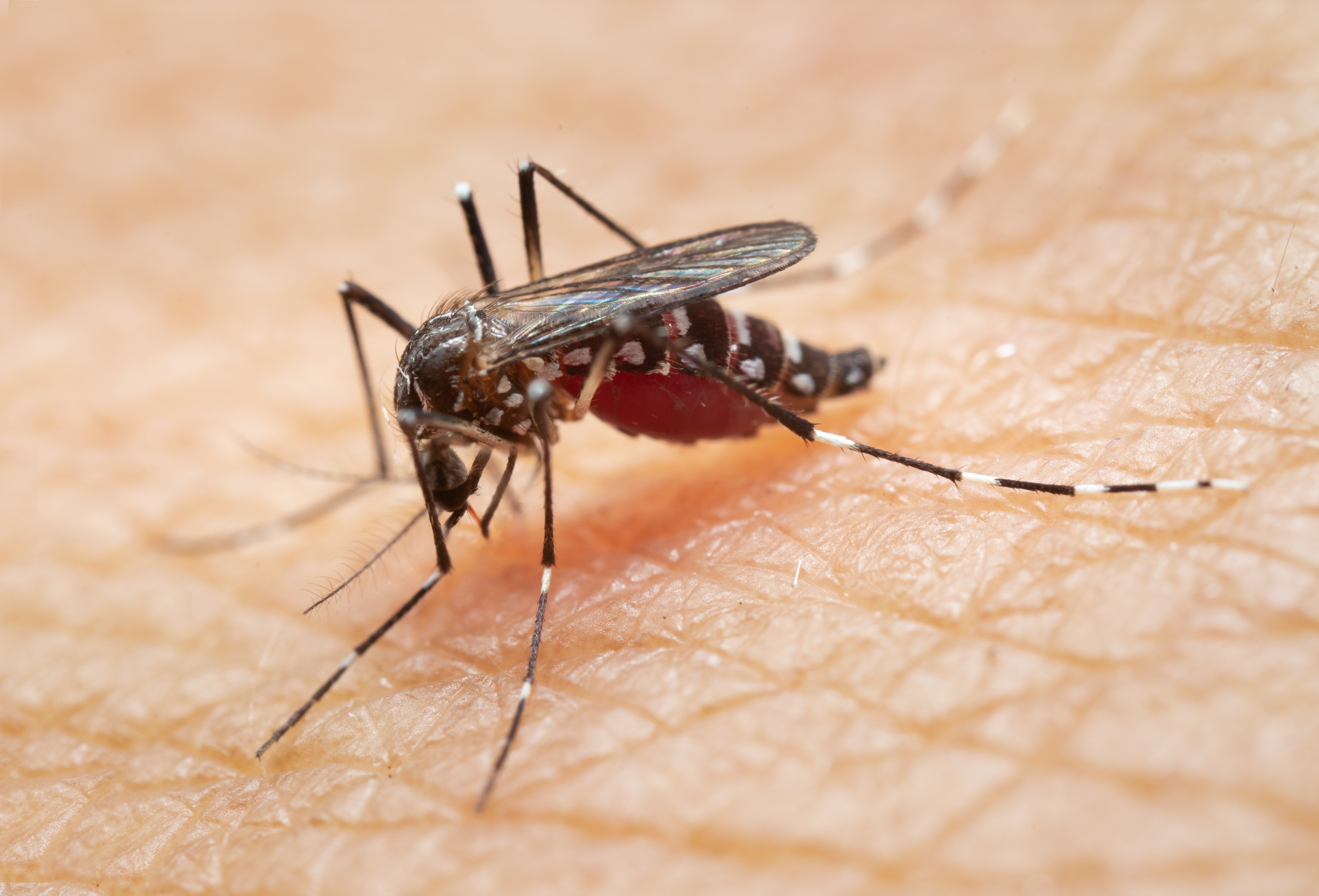
If you love donating blood, you’re in luck. Mosquitos are thriving under climate change in lots of places. Mosquito season is getting longer, mosquito populations are booming, and mosquito ranges are growing. Unfortunately, mosquitoes carry some of the world’s worst infectious diseases. For instance, malaria, which kills hundreds of thousands of people worldwide every year, mostly in sub-Saharan Africa. Other diseases like dengue fever, chikungunya, and Zika are likely to become more widespread as well, with millions or even billions more people at risk of exposure.
Multiplying mosquitoes have implications for other wildlife, too, which can also be impacted by mosquito-borne illnesses. In Hawaii, for example, avian malaria has caused multiple endemic bird species to go extinct. A few more species are hanging on by a thread at higher elevations, in habitat just outside the invasive mosquito’s range. But mountains have tops, and in a warming world, mosquitos will eventually win the chase as the birds run out of places to go. Proposed solutions to save the endangered birds include releasing genetically modified mosquitoes and relocating birds elsewhere.
As a bonus: all that extra time to breed each year means climate change might be speeding up mosquito evolution, too. More generations means more chances for the world’s deadliest animal to get even better at being the worst.
Ticks
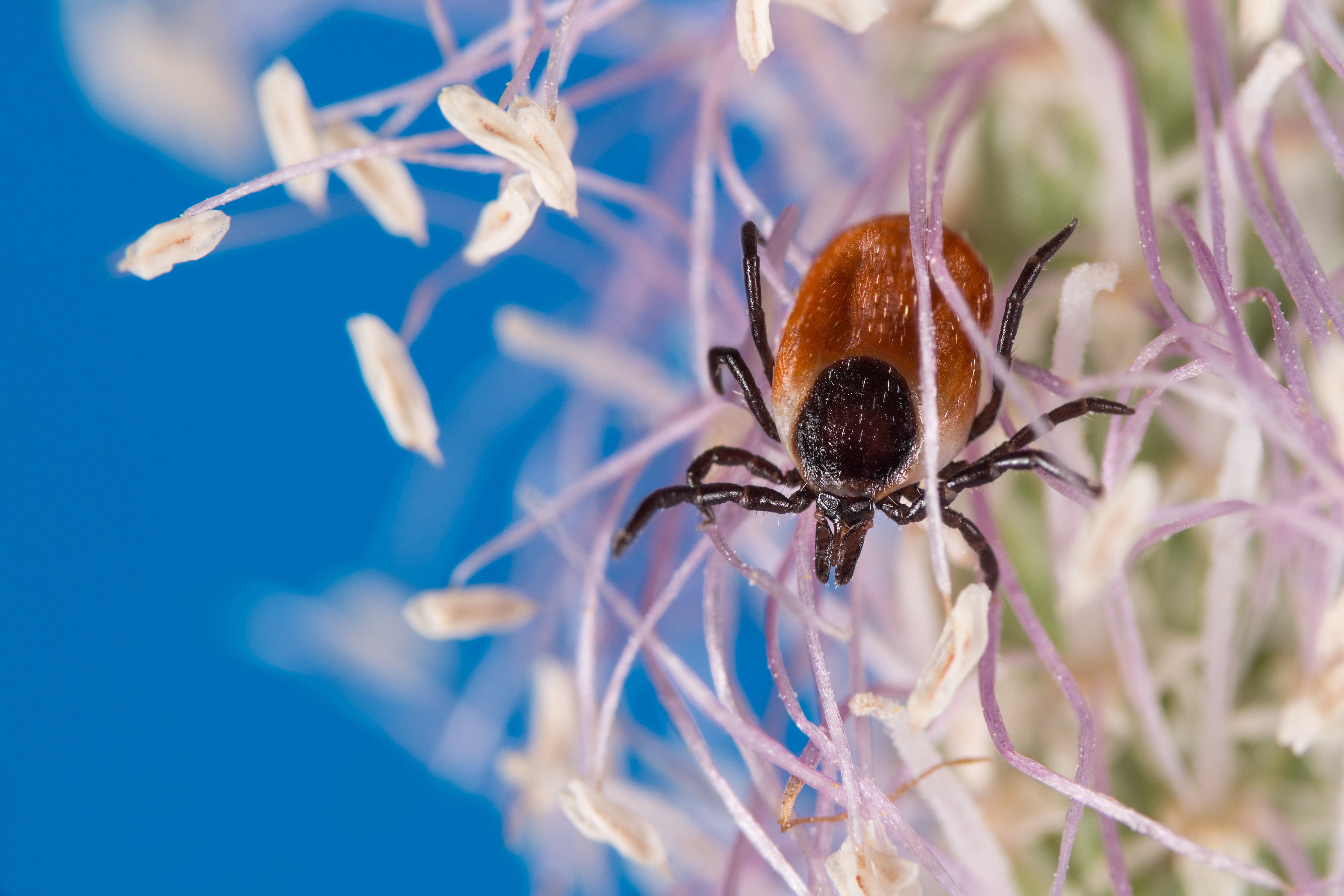
Everyone’s other favourite blood-sucker is also getting a leg up via climate change. Ticks are spreading, and carrying tick sicks with them. Lyme disease is the most commonly reported illness spread by an insect or arachnid in the U.S., and the area in which you can catch it is growing.
The tick-takeover isn’t just about Lyme disease and its host, black-legged deer ticks, though. Multiple species of the eight-legged parasites carry all sorts of illnesses (like babesiosis, Rocky Mountain spotted fever, and Powassan virus, to name a few). Plus, scientists are still discovering new ways for ticks to make you sick.
Like mosquitos, the tick (tick) boom is also hurting wildlife, particularly moose who end up infested with huge numbers of ticks through the winter.
Bark Beetles

It’s OK, though, because not every creepy-crawly that benefits from climate change is spreading human and animal disease. Instead, some infect plants.
Forest-decimating bark beetles infest conifer trees by laying their eggs under the bark, and they bring fungus with them. The combination of fungal disease and hungry insect larvae kills vulnerable trees — especially ones suffering from drought. Bigger bark beetle outbreaks and range expansions have been linked to warming seasonal temperatures for decades.
In a climate change double whammy, simultaneous severe drought and bark beetle spikes have caused massive tree mortality in the western U.S. In 2015, a single, particularly bad outbreak killed more than 12 million trees. Although there is some research suggesting that certain tree species are evolving to better manage bark beetle attacks, it’s certain to be an ongoing, uphill battle.
Jellyfish
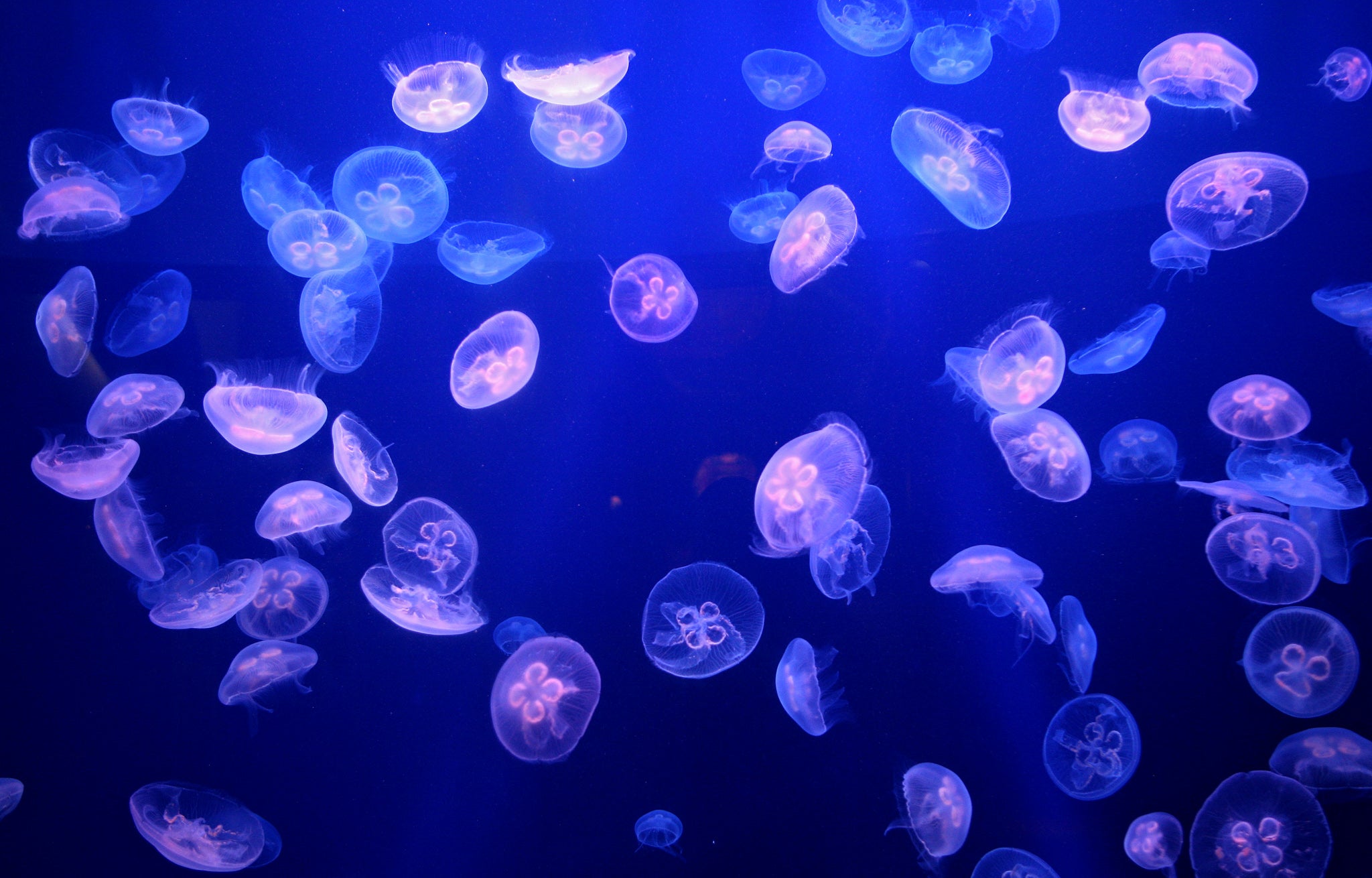
It’s not all bugs (and armadillos): Some species of jellyfish are in bloom, too. Unlike basically all other marine life, certain jellyfish seem to be doing just fine with hotter ocean temperatures and the corresponding lower aquatic oxygen levels. In fact, some research has suggested that ocean warming might help jellies grow and mature faster, making for shorter generation times and increasing populations.
Not all jellyfish are doing equally well, but two of the species that are benefitting most are moon jellies and warty comb jellies, neither of which sting. However, even non-stinging jellyfish can cause issues for people, as in the cases of jellyfish clogging the cooling pipes of nuclear power plants.
A decade ago, 62% of the world’s marine ecosystems were experiencing increasing jellyfish abundance, according to a 2012 study published in the journal Hydrobiologia. Reports of jellyfish swarms have continued to pop up around the world since.
However, jellyfish do proliferate cyclically, and fears of an eventual ocean of “jellyfish soup” are probably overblown. Plus, if jellies are really popping off, climate change is unlikely to be the only human-caused factor in their rise. Pollution can also give jellies a boost by promoting the growth of their algal food.
Bullfrogs
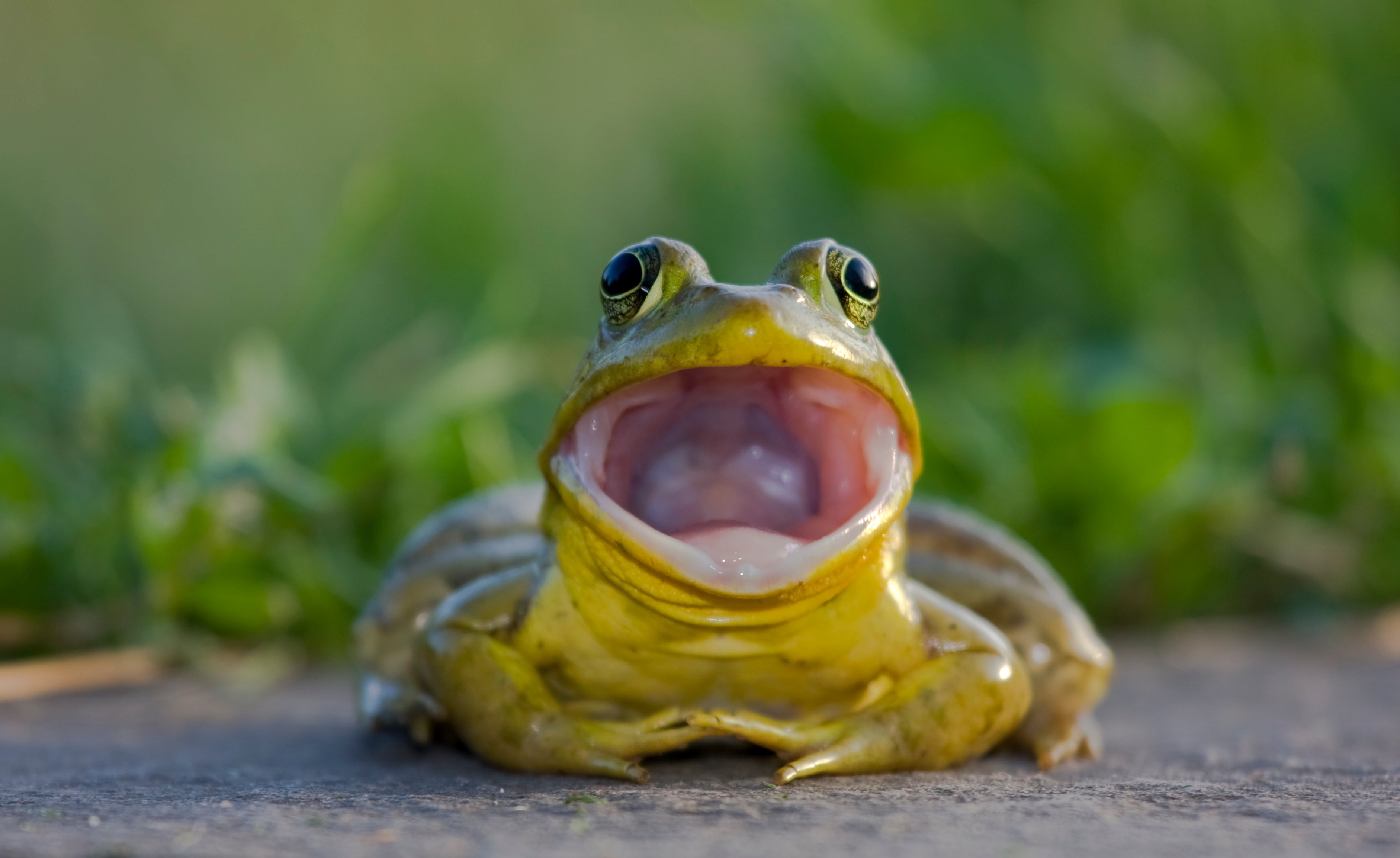
Bullfrogs are an eastern U.S. export that have become widely invasive and problematic worldwide. The frogs are voracious predators that eat basically anything they can fit in their mouths and (surprise, surprise) spread a deadly fungus to other amphibians.
There are a few factors that have contributed to the worldwide expansion of bullfrogs. First, bullfrogs were transported by people to lots of places outside their native range because of their one-time popularity as pets and school project animals, not to mention their tasty legs. Then, bullfrogs revealed they were more than capable of moving themselves long distances as well. The frogs, which are routinely larger than a hefty hamburger, can leap up to 6 feet in a single hop and can travel more a mile between isolated waterways over land.
Now, climate change is furthering their spread in some regions by making more habitats bullfrog-friendly. In South America, bullfrogs are projected to move into new areas as the climate warms. In South Korea, under the worst-case climate change scenarios, American bullfrogs are projected to increase their range. In western Canada, climate change is also thought to be facilitating the bullfrog takeover.
Opossums
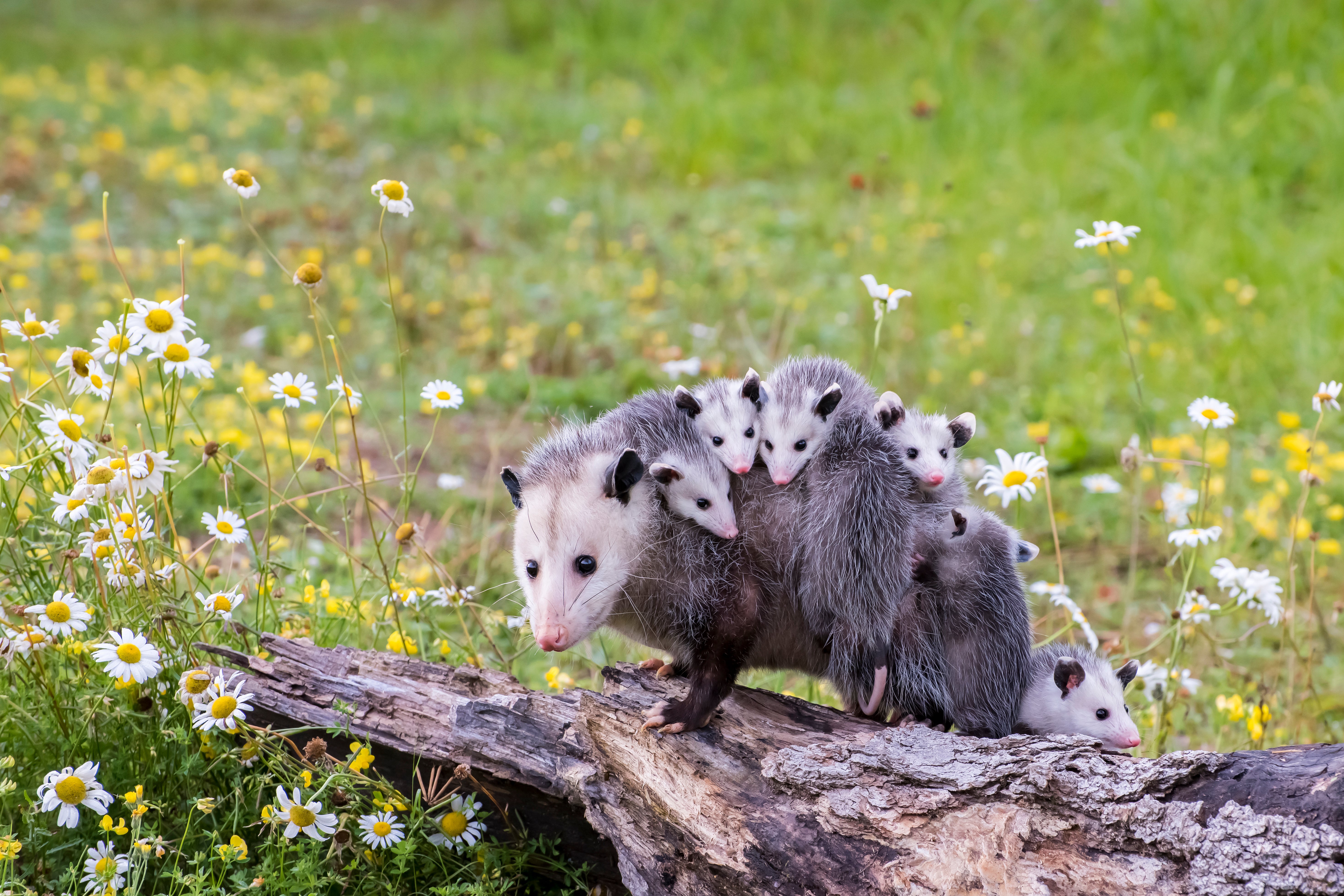
Alright, we started with one cute mammal and we’re ending with another. Think of it as the opossum palette cleanser (pronouncing the “o” is optional). The Virginia opossum is the only marsupial found north of Mexico, and it’s the reigning champ of cute little faces. Like armadillos, opossums have been spreading north (most recently into Michigan’s Upper Peninsula). That opossum proliferation is thought to be facilitated by urbanisation and climate change. And of course, that ongoing expansion has its ecological downsides.
In Oregon, where opossums were introduced in the early 1900’s, they’re considered an invasive species. Elsewhere, some wildlife experts are worried that opossums could prey on sensitive species or possibly spread disease. But unlike armadillos, opossums seem to have some clear upsides, too.
Opossums very rarely carry rabies, compared to other wild mammals like raccoons. Plus, they are effective scavengers, cleaning up carrion and keeping the levels of dead stuff in check in the environment (which can help to stop the spread of some diseases). Even in Oregon, where they’re invaders, opossums are appreciated for preying on venomous rattlesnakes. But contrary to popular belief and memes, they may not be the tick vacuums they’ve been made out to be. Ah, well.
